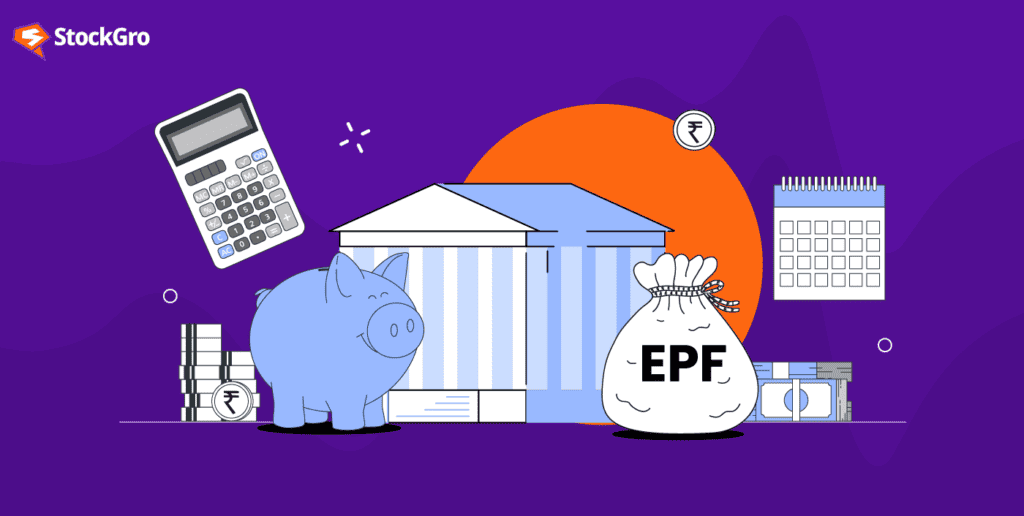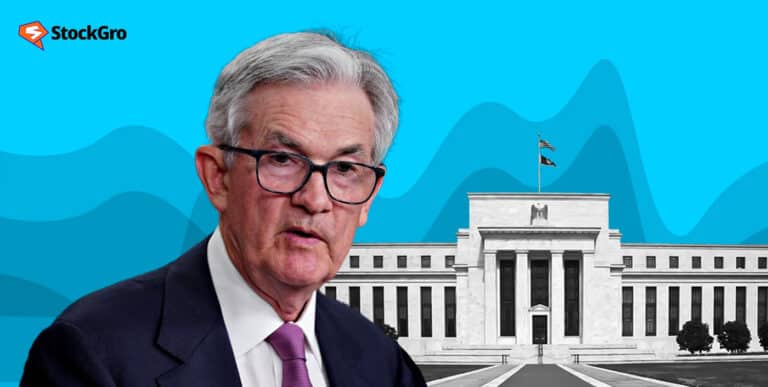
Having some retirement savings is certainly important for a working professional, especially one who works for a private company. Although government employees benefit from a pension, having EPF can contribute to savings. The aim of making the best use of PF is to keep yourself and your family financially secure.
Irrespective of the total number of years you work, the EPF amount gradually increases, and you can withdraw the same after your retirement. However, understanding the basics of the EPF India scheme is important because you may not be aware of certain EPF benefits you can enjoy.
What is Employee Provident Fund?
The Employees’ Provident Fund Scheme, also known as EPF, was established in 1952. It is a retirement benefit programme wherein both the employer and the employee make monthly contributions until the employee retires. In addition to tax advantages, it offers a higher interest rate than other saving plan benefits.
The Employees’ Pension Scheme (EPS) receives a portion of the employer’s contribution (8.33% out of 12%). Every year, the interest rate of EPF is reviewed, and both the employer and employee need to stay updated. For FYI 2023-24, the EPF interest rate is 8.15%. What makes EPF the best investment option? It’s a risk-free and tax-free feature.
What are the eligibility requirements to be an EPF member?
Here are some of the EPF eligibility requirements-
- Employees working in both the public and private sectors are eligible to join the Employee Provident Fund.
- Any business considered to be responsible for providing EPF benefits to its employees must have at least 20 employees.
- Employees are eligible to receive several benefits after enrolling in the EPF programme, including insurance and pension benefits.
How does the employee PF work?
If you are an employee having a payscale of more than Rs. 15,000 monthly, you are eligible to contribute a portion of your salary to the EPF scheme. The Employee Provident Fund Organisation (EPFO) receives the combined sum once deposited.
You contribute Rs. 5,000 monthly from your basic salary to the EPF programme. Your company will add Rs. 5,000 each month as a match. Following that, Rs. 10,000 of the total is deposited with EPFO. On this sum placed with EPFO, you would get an annual interest payment of 8.15% (considering the current interest rate).
You may also like: At what age can you invest in stocks?
Where does EPFO invest your money?
According to the Ministry of Labour and Employment report, by February 2023, the EPFO had added 13.96 lakh, new members, out of which 7.38 lakh new members were first-time users. These new members belong to the 18-25 age group who joined organised sectors in the country.
With new members joining, EPFO manages billions of funds. However, the question is, where EPFO invests these funds?
EPFO invests 85 per cent of the Funds in Debt instruments and 15 per cent of the investment towards Exchange Traded Funds (ETFs). This investment in ETF is done based on Nifty 50, Sensex, Central Public Sector Enterprises (CPSEs) and Bharat 22 Indices.
One must understand that EPFO invests in exchange-traded funds but not corporate bonds.
What is the role of an employer in EPFO?
Employer contributions to EPFO are 12% of total wages, which is further split between 3.67% for the Employees Provident Fund and 8.33% for the Employees’ Pension Scheme. Moreover, the employer must contribute 0.50% to the employee’s Employees Deposit Linked Insurance (EDLI) account.
Additionally, the employer must pay an extra fee for administrative accounts starting June 1, 2018. The administrative fee starts at Rs. 500. The employer must pay a fee of Rs. 75 in case of no contribution for a certain month.
Also Read: Credit history: What is it and why it matters?
What are the tax benefits of EPFO?
The employer’s contribution to an employee’s EPF account, up to a maximum of 12%, is still tax-free under the current income tax laws. However, if the contribution exceeds 12%, it will be taxed.
Section 80C of the Income Tax Act, 1961, allows the deduction of any EPF contribution up to 12%. You won’t be able to deduct any taxes under Section 80C if you choose the new tax regime.
The investment in EPF enjoys exempt status. The amount you invest, the interest you receive, and the total PF amount withdrawn are tax-free. However, if you withdraw your investment before the full five years have passed, this tax benefit is not accessible.
How to calculate interest in EPF?
The interest rate on the EPF scheme is calculated annually at a rate of 12%. Here is how you can calculate-
Suppose the basic salary of an employee is Rs 40,000, and joined the organisation in April 2023. The calculation will be as follows-
| Contribution | Percentage of Salary | Amount |
| EPF by employee | 12 | 4,800/- |
| EPS by employer | 3.67 | 1,468/- |
| EPF by employer | 8.33 | 3,332/- |
| Total contribution per month | 9,600/- |
You can make use of EPF calculator available online that will help you in getting the right amount and idea about the return.
What are the EPF withdrawal rules?
Employees can withdraw their total amount of EPF under three scenarios-
- Once you cross the eligibility age of 58 years
- Unemployed for two months or more
- The premature death of the member and the nominee claims the same.
Also Read: What is CAGR and how to calculate? [ Explained]
What is the withdrawal process of EPF?
The withdrawal process of EPF can be done online and offline.
Steps to withdraw EPF offline–
- The member must fill out the “new composite claim form” or a “composite claim form” and send it to the EPFO office in their jurisdiction.
- It is necessary for their employer to attest a composite claim form.
Steps to withdraw EPF online-
- You must have an active Universal Account Number (UAN).
- Ensure you have an active registered mobile number.
- Link UAN and Aadhaar. You will also require the PAN and the relevant bank information, including the IFSC number.
- Log into the UAN web portal after making sure all the conditions are met.
- After confirming their KYC information, follow the instructions to withdraw your PF balance.
Final thoughts
Since EPF benefits are majorly looked after by your employer, having a brief knowledge about it is important. We have tried covering a major portion of employee PF, which might help you during your employment.

